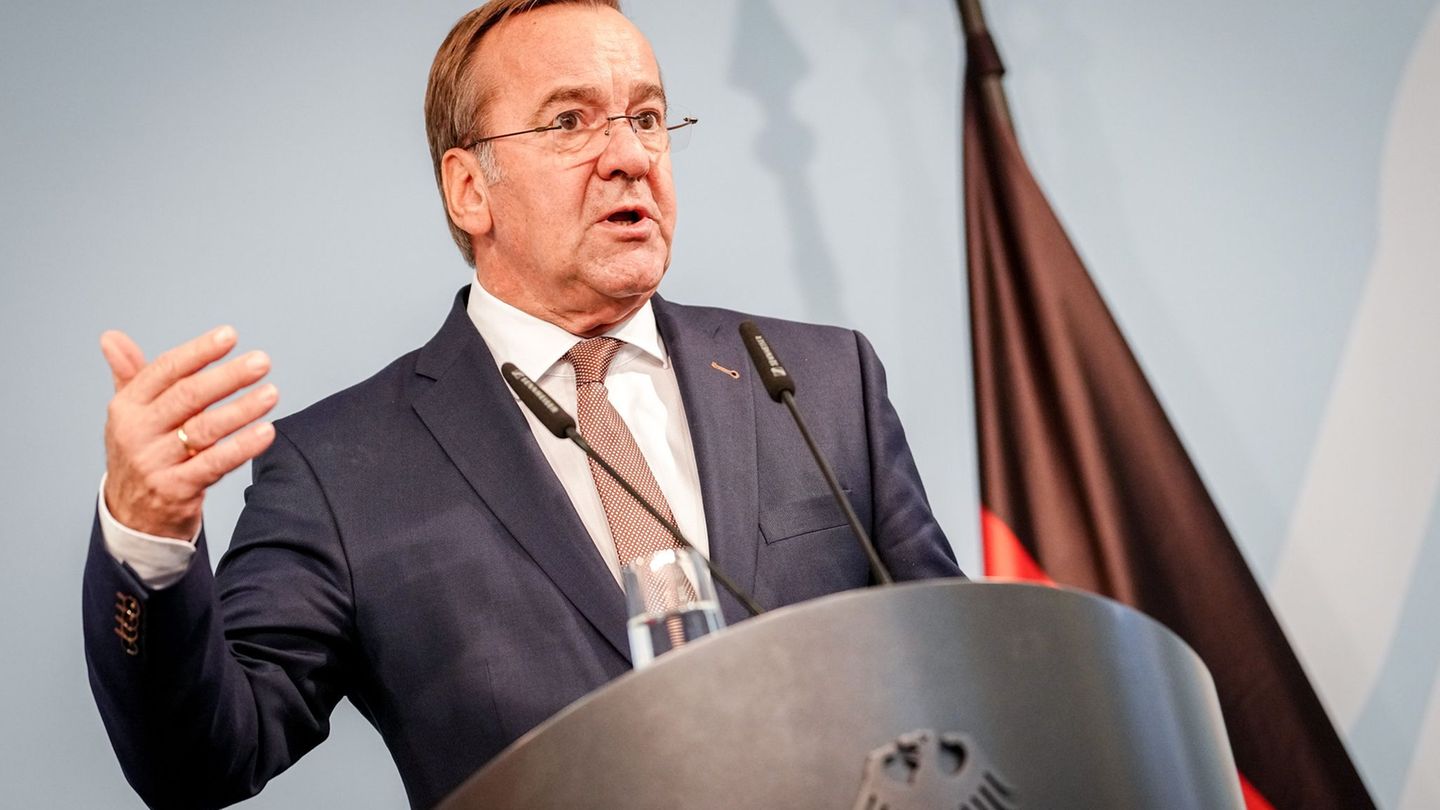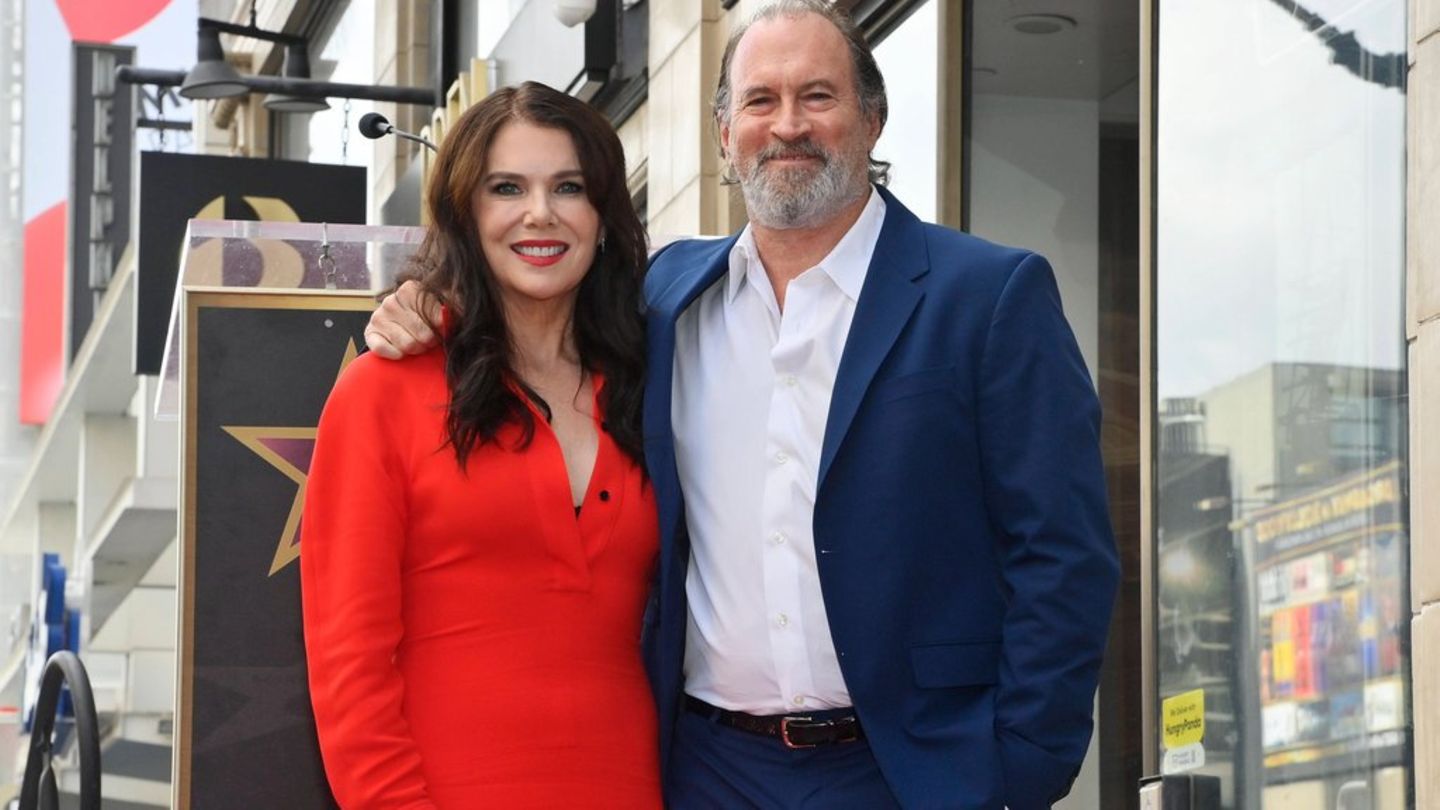David William is a talented author who has made a name for himself in the world of writing. He is a professional author who writes on a wide range of topics, from general interest to opinion news. David is currently working as a writer at 24 hours worlds where he brings his unique perspective and in-depth research to his articles, making them both informative and engaging.
Menu
Ukraine Crisis: How the conflict between Moscow and Kiev came to a head
Categories
Most Read
Russian-Ukrainian War: Russian attacks meet Ukrainian power supply
October 4, 2025
No Comments
Government crisis: For the first time
October 4, 2025
No Comments
Reactions to Peace Plan for Gaza: “Waffenruhe in within reach”
October 4, 2025
No Comments
Migration meeting in Munich: Dobrindt wants quick asylum procedures and permanent deportation
October 4, 2025
No Comments
Education: More and more leaving school without a degree
October 4, 2025
No Comments
Latest Posts

Military service deform: military service law: Pistorius accuses Union of negligence
October 4, 2025
No Comments
IvanI have been working in the news industry for over 6 years, first as a reporter and now as an editor. I have covered politics

“Gilmore Girls” reunion on Walk of Fame: Lauren Graham honored with star
October 4, 2025
No Comments
Lisa HarrisI am an author and journalist who has worked in the entertainment industry for over a decade. I currently work as a news editor

Lori Loughlin and Mossimo Giannulli separate after 28 years of marriage
October 4, 2025
No Comments
After 28 years of marriage Lori Loughlin and Mossimo Giannulli take a break Copy the current link Add to the memorial list The actress Lori
24 Hours Worlds is a comprehensive source of instant world current affairs, offering up-to-the-minute coverage of breaking news and events from around the globe. With a team of experienced journalists and experts on hand 24/7.

